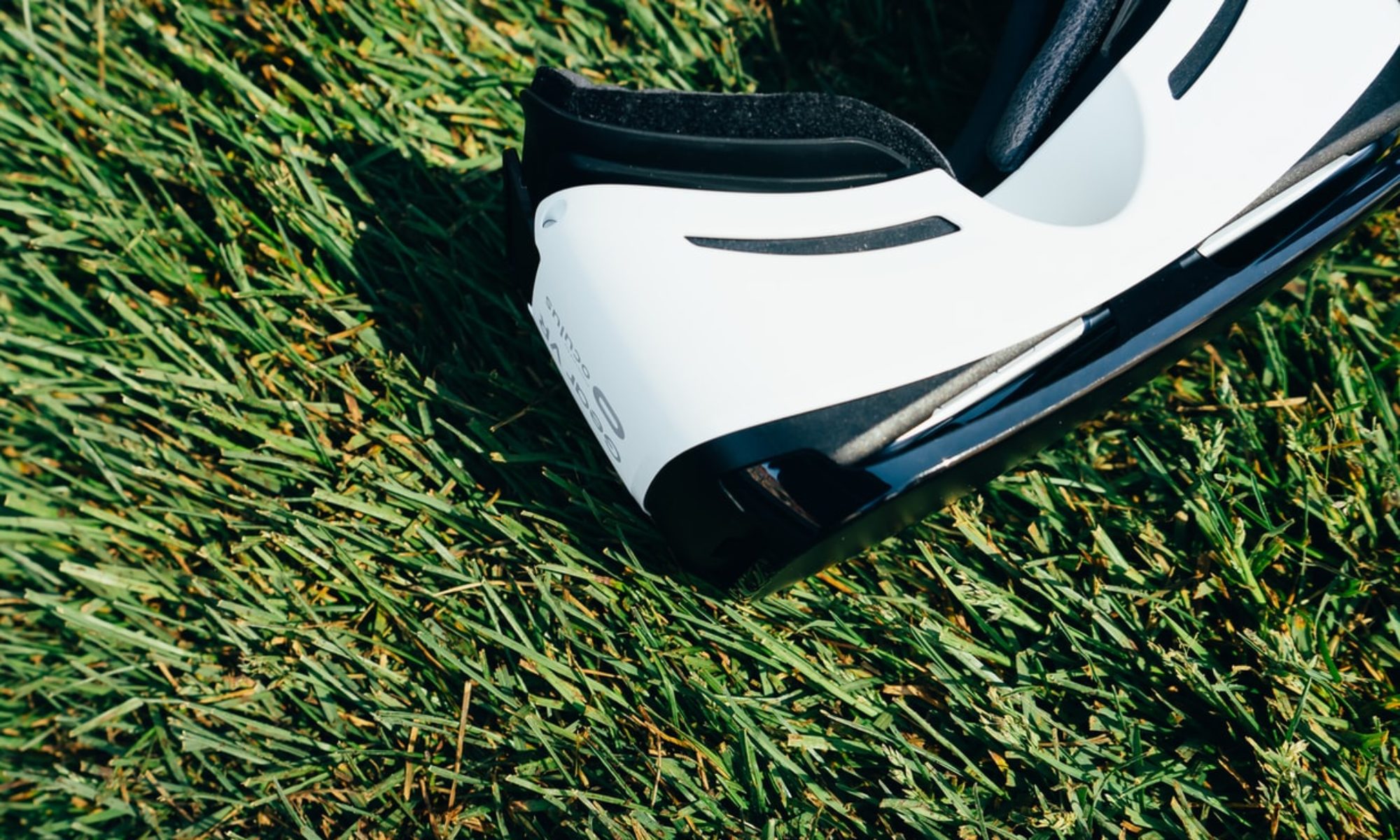Al last one of the shuttles returns to what is mostly another full mission. Lets hope they finish putting together that massive space jigsaw, the ISS, before the shuttle gets perminately grounded…
http://news.bbc.co.uk/1/hi/world/americas/5146866.stm
And good luck to Thomas Reiter, Esa’s first Astronaut staying long term at the ISS.
ISS = International space station

 Its 45 years to the day that Yuri Alexeyevich Gagarin became the first human to leave the Earth and fly in space.
Its 45 years to the day that Yuri Alexeyevich Gagarin became the first human to leave the Earth and fly in space.

